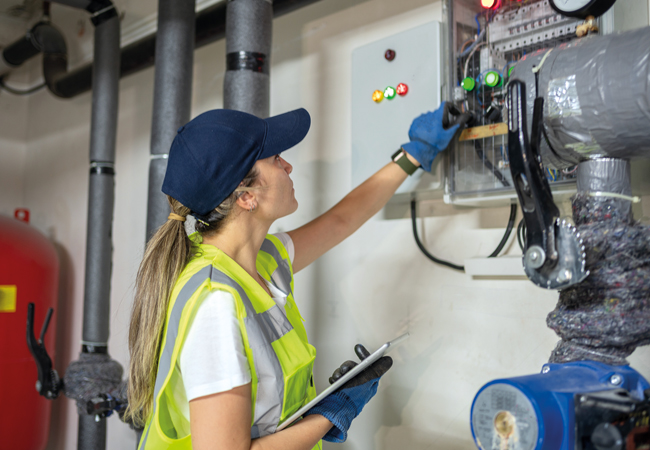A summary of research exploring the impact of off-gassing from materials used to insulate homes has been published in the Natural Ventilation Special Interest Group newsletter.
Dzhordzhio Naldzhiev, of University College London, introduces his latest paper exploring emissions from polyurethane (PU) products and how they affect indoor environmental quality.
The researchers examined all chemical emissions from PU products, and concentrations found in real environments, throughout the entire product life-cycle, including raw materials, emissions during production, application and use, and even emissions in extreme scenarios, such as during fires.
In the next phase, Naldzhiev plans to record long-term (six to 12 months) emission rates from various PU materials, to understand how volatile organic compound emissions vary over time.
He said the data should provide a better understanding of how building furnishings and building materials interact with the indoor environment, and how their emissions could be controlled through ventilation strategies.
Naldzhiev’s laboratory and field work data could be used for the development of robust air-quality simulation tools, and for coupling indoor air quality and energy models.
See bit.ly/CJJun20HW




